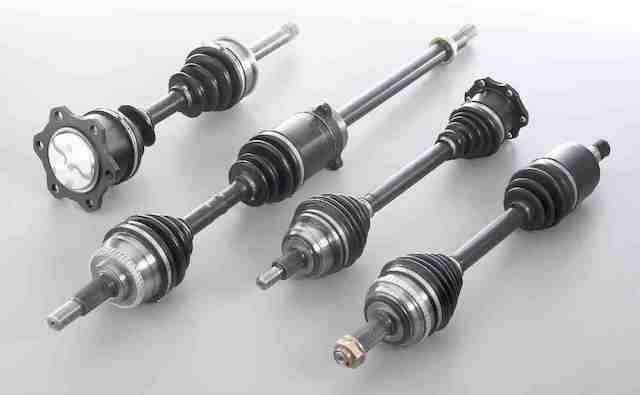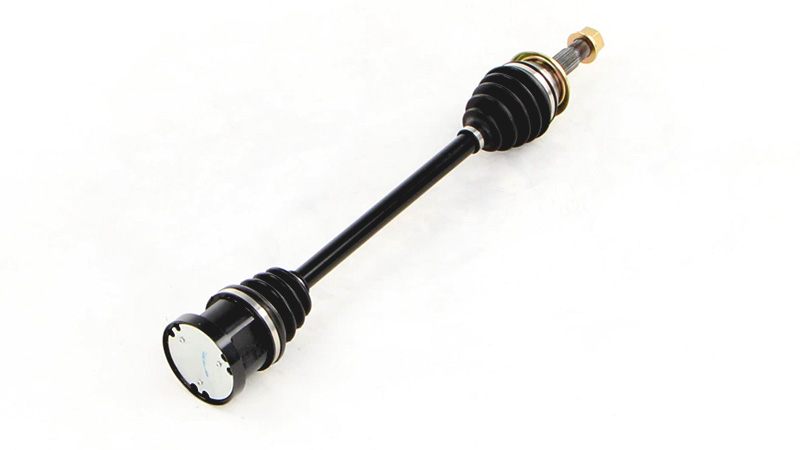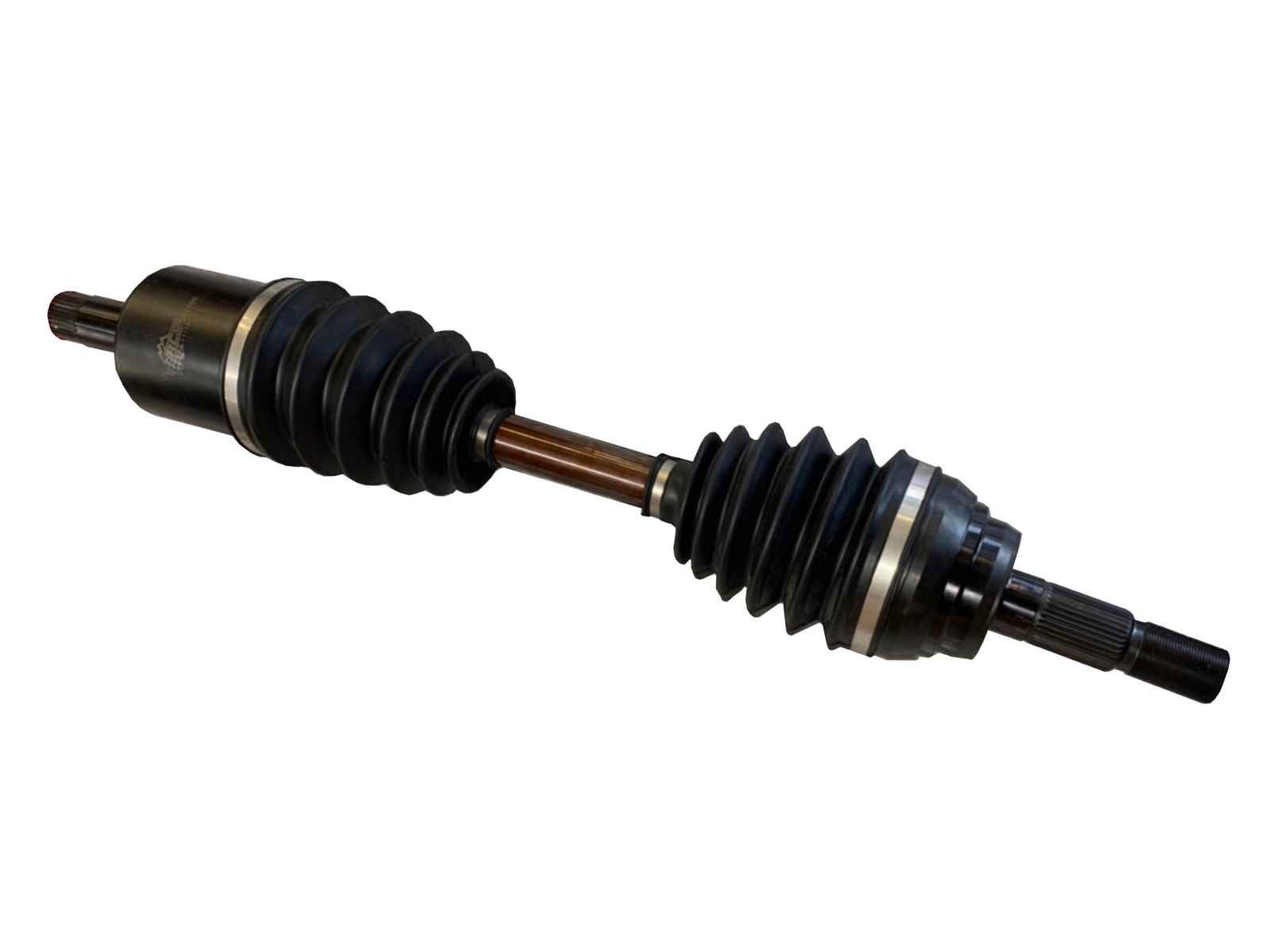Product Description
Product Description
The car transporter can be made into different lengths according to customer requirements, the frame is a welded I-beam, and the entire body adopts automatic submerged arc welding and carbon dioxide gas shielded welding. After the welding is completed, shot blasting is carried out to eliminate welding stress and improve the adhesion of the paint surface, so that the quality is stable and the appearance is beautiful. The vehicle is equipped with a tool box, a spare tire rack, and a drip brake system to improve the safety of vehicle transportation.
|
Trailer Model |
car carry trailer |
|
Overall Dimension(L x W x H)(mm) |
20000×2600×4200mm |
|
capacity |
10 – 12 units vehicles |
|
Axle Brand |
13T×3pcs |
|
Axle Number |
Three |
|
Axle load |
13000kg X 3 |
|
Suspension system |
Standard Mechanical suspension |
|
The material of Main beam |
The height of the beam is 500 mm, top 10mm,middle 6mm,bottom 12mm;T700 high strength steel |
|
Tire Type and quantity |
Chinese brand Tire 12R22.5 |
|
6 pcs. |
|
|
rim |
9.0×22.5 |
|
Traction Pin |
2″,diameter 50.8 mm ,loading 16 ton |
|
Tool Box |
1 Standard |
|
Landing Gear |
standard 28 ton |
|
Electrical system |
1. Voltage: 24v |
|
2. Receptacle: 7 ways (7 wire harness) |
|
|
Tail lamp with turn signal, brake light & reflector, side lamp etc. |
|
|
One set 6-core standard Cable. |
|
|
Color |
According to customer’s requirement |
|
Packing |
Polish with wax before shipping |
|
Noted |
1.Top platform can be adjusted up and down by hydro-cylinder and chain block, totally 4 pcs of cylinder in each trailer |
|
2. The roof of trailer can be down about 20cm.We can control by hand when go through limited high place as bridge or some thing. |
Recommended Products
Company Profile
We are 1 of a professional companies to develop and manufacture kinds of semi trailers. Our advantages are high quality with reasonable price. We have the largest trailer industrial park in Xihu (West Lake) Dis., the preferred key project in ZheJiang Province, and the ZheJiang provincial manufacturing demonstration platform.
Covering an area of more than 400 acres, the designed production capacity of the first phase is 30,000+ sets of semi-trailers, mainly focusing on flatbed semi-trailers and rear dump semi-trailers, Construction of 120,000 square meters of workshops, offices and living facilities, 4 special vehicle production lines, 3 painting lines, and 2 assembly lines have been completed and put into production.
Our attitude towards light-weighting: we do not oppose light-weighting, but reject blindly light-weighting.On the basis of ensuring the safety and firmness of the vehicle, lightweight processing must be done.Our philosophy was to create “More Resistant” semi-trailers. Company special vehicles are identified as ” ZheJiang famous product”.
We have many commercial partners in the Russian, Far East and Africa, Sales and service network are built through cooperation and franchise in Moscow, Novosibrisk, red culture, Harper, Vladivostok, Congo, Sultan. Which can satisfy the clients in Africa and Russia, ZheJiang Open CZPT Heavy Industry Co.,Ltd. is committed to provide modern transportation equipment and services, and dedicated to be responsible enterprise, the highest development, conscientious work, we hope to gain customer’s trust and become famous brand. We sincerely cooperate with customers at home and abroad.
Packaging & Shipping
FAQ
1. How is the quality of your products?
Our products are manufactured in strict accordance with national and international standards, and we test each product before delivery. If you would like to view our quality certification and various test reports, please contact us.
2. How about price?
We are a factory and CZPT to give you the lowest price. Please trust the quotation we would give you, and it is professional one.
3. Why should you chose us?
Choosing us happens because of quality, then price, and we can give you both. Additionally, we can also offer professional products inquiry,products knowledge train(for agents), smooth goods delivery, excellent customer solution proposals.
4. How to ensure the interests of buyers?
Our company supports Alibaba online trading, which not only ensures the safety of the buyer’s funds, but also guarantees the quality of the goods. From the outbound, to the loading, and finally to the receiving, the whole process is transparent.
5. How to guarantee delivery time?
We are a factory with a large inventory of stock, which guarantees that the goods will be shipped within the shortest time from the date of signing the contract.
6. How to get samples?
We can provide samples for buyer’s testing free of charge, but buyers need to pay for shipping costs.
/* January 22, 2571 19:08:37 */!function(){function s(e,r){var a,o={};try{e&&e.split(“,”).forEach(function(e,t){e&&(a=e.match(/(.*?):(.*)$/))&&1
| Type: | Semi-Trailer |
|---|---|
| Load Capacity: | 80T |
| Certification: | ECE, GCC, CE, ISO9001, DOT, CCC, ISO/TS16949 |
| Wheel Base: | 7000-8000mm |
| Tread: | 1820mm |
| Grade: | Heavy Duty |
| Customization: |
Available
| Customized Request |
|---|

What are the key differences between live axles and dead axles in vehicle design?
In vehicle design, live axles and dead axles are two different types of axle configurations with distinct characteristics and functions. Here’s a detailed explanation of the key differences between live axles and dead axles:
Live Axles:
A live axle, also known as a solid axle or beam axle, is a type of axle where the wheels on both ends of the axle are connected and rotate together as a single unit. Here are the key features and characteristics of live axles:
- Connected Wheel Movement: In a live axle configuration, the wheels on both ends of the axle are linked together, meaning that any movement or forces applied to one wheel will directly affect the other wheel. This connection provides equal power distribution and torque to both wheels, making it suitable for off-road and heavy-duty applications where maximum traction is required.
- Simple Design: Live axles have a relatively simple design, consisting of a solid beam that connects the wheels. This simplicity makes them durable and capable of withstanding heavy loads and rough terrains.
- Weight and Cost: Live axles tend to be heavier and bulkier compared to other axle configurations, which can impact the overall weight and fuel efficiency of the vehicle. Additionally, the manufacturing and maintenance costs of live axles can be lower due to their simpler design.
- Suspension: In most cases, live axles are used in conjunction with leaf spring or coil spring suspensions. The axle is typically mounted to the vehicle’s chassis using leaf springs or control arms, allowing the axle to move vertically to absorb bumps and provide a smoother ride.
- Off-road Capability: Live axles are commonly used in off-road vehicles, trucks, and heavy-duty applications due to their robustness, durability, and ability to deliver power to both wheels simultaneously, enhancing traction and off-road performance.
Dead Axles:
A dead axle, also known as a dummy axle or non-driven axle, is a type of axle that does not transmit power to the wheels. It is primarily used to provide support and stability to the vehicle. Here are the key features and characteristics of dead axles:
- Independent Wheel Movement: In a dead axle configuration, each wheel operates independently, meaning that the movement or forces applied to one wheel will not affect the other wheel. Each wheel is responsible for its own power delivery and traction.
- Weight Distribution: Dead axles are often used to distribute the weight of the vehicle more evenly, especially in cases where heavy loads need to be carried. By adding an extra axle without driving capability, the weight can be distributed over a larger area, reducing the load on other axles and improving stability.
- Steering: Dead axles are commonly used as front axles in vehicles with rear-wheel drive configurations. They provide support for the front wheels and allow for steering control. The steering is typically achieved through a separate mechanism, such as a steering linkage or a steering gear.
- Reduced Complexity: Dead axles are simpler in design compared to live axles since they do not have the additional components required for power transmission. This simplicity can lead to lower manufacturing and maintenance costs.
- Efficiency and Maneuverability: Dead axles are often used in vehicles where power delivery to all wheels is not necessary, such as trailers, certain types of buses, and some light-duty vehicles. By eliminating the power transmission components, these vehicles can achieve better fuel efficiency and improved maneuverability.
It’s important to note that the choice between live axles and dead axles depends on the specific application, vehicle type, and desired performance characteristics. Vehicle manufacturers consider factors such as load capacity, traction requirements, off-road capability, cost, and fuel efficiency when determining the appropriate axle configuration for a particular vehicle model.

What is the difference between front and rear axles in a typical vehicle?
In a typical vehicle, there are distinct differences between the front and rear axles due to their respective roles and functions. Here are the key differences:
- Position:
- Steering:
- Driving:
- Suspension:
- Load Distribution:
- Driving Characteristics:
The main difference between the front and rear axles is their position in the vehicle. The front axle is located in the front of the vehicle, while the rear axle is positioned at the rear. This positioning is determined by the vehicle’s drivetrain configuration.
The front axle is responsible for steering the vehicle. It is connected to the steering system, allowing the driver to control the direction of the vehicle. The front axle typically includes components such as steering knuckles, tie rods, and steering linkages.
The rear axle is primarily responsible for driving the vehicle’s wheels. It receives power from the engine through the transmission or differential and transfers that power to the rear wheels. The rear axle may include components such as axle shafts, differential gears, and wheel hubs.
Both the front and rear axles play a role in the vehicle’s suspension system, but their configurations and functions differ. The front axle typically incorporates suspension components such as control arms, struts, or independent suspension systems to provide better handling, stability, and ride comfort. The rear axle may have a solid axle setup or independent suspension depending on the vehicle’s design.
The load distribution on the front and rear axles varies. In a typical vehicle, the front axle carries the weight of the engine, transmission, and a portion of the vehicle’s weight due to the front-end weight bias. The rear axle bears the weight of the vehicle’s occupants, cargo, and a portion of the vehicle’s weight. This distribution helps maintain proper balance and stability during acceleration, braking, and cornering.
The differences between the front and rear axles can influence the vehicle’s driving characteristics. The front axle’s role in steering affects the vehicle’s maneuverability and responsiveness. The rear axle’s responsibility for driving the wheels affects traction, acceleration, and stability, particularly in rear-wheel drive or four-wheel drive vehicles.
It’s important to note that the specific configurations and characteristics of front and rear axles can vary depending on the vehicle’s make, model, and drivetrain system. Different types of vehicles, such as front-wheel drive, rear-wheel drive, or all-wheel drive, may have variations in axle design and functionality.
Understanding the differences between the front and rear axles is essential for proper maintenance, repairs, and modifications of the vehicle’s drivetrain and suspension systems. If you have specific questions about your vehicle’s axles, it’s recommended to consult your vehicle’s owner’s manual or seek advice from qualified mechanics or automotive professionals.

Are there aftermarket axles available for upgrading performance in off-road vehicles?
Yes, there are aftermarket axles available for upgrading performance in off-road vehicles. Off-road enthusiasts often seek aftermarket axle options to enhance the durability, strength, and performance of their vehicles in rugged and demanding terrains. Here’s some information about aftermarket axles for off-road applications:
1. Upgraded Axle Materials:
Aftermarket axles are typically made from high-strength materials such as chromoly steel or forged alloys. These materials offer superior strength and durability compared to stock axles, making them better suited for off-road use where extreme loads, impacts, and torsional forces are encountered.
2. Increased Axle Shaft Diameter:
Some aftermarket axles feature larger diameter shafts compared to stock axles. This increased diameter helps improve the axle’s load-carrying capacity and resistance to bending or torsion. It can also enhance the overall durability and reliability of the axle in off-road conditions.
3. Upgraded Axle Splines:
Axles with upgraded splines are designed to handle higher torque loads. Aftermarket axles may feature larger and stronger splines, providing increased power transfer capabilities and reducing the risk of spline failure, which can occur in extreme off-road situations.
4. Locking Differentials:
Some aftermarket axle options include integrated locking differentials. Locking differentials improve off-road traction by mechanically locking both wheels on an axle together, ensuring that power is distributed evenly to both wheels. This feature can be advantageous in challenging off-road conditions where maximum traction is required.
5. Lifted Vehicle Compatibility:
Aftermarket axles are often designed to accommodate lifted vehicles. Lift kits that raise the suspension height can impact the axle’s operating angles. Aftermarket axles may offer increased articulation or modified geometry to maintain proper alignment and reduce the risk of binding or premature wear.
When considering aftermarket axles for off-road vehicles, it’s essential to choose options that are compatible with your specific vehicle make, model, and suspension setup. Working with reputable manufacturers, consulting with experienced off-road enthusiasts, or seeking advice from professional mechanics can help you select the most suitable aftermarket axle upgrades for your off-road needs.
Lastly, it’s important to keep in mind that upgrading axles alone may not be sufficient for maximizing off-road performance. Other components such as suspension, tires, differential gears, and drivetrain systems should be considered as part of a comprehensive off-road build to ensure optimal performance, reliability, and safety.


editor by CX 2024-03-28